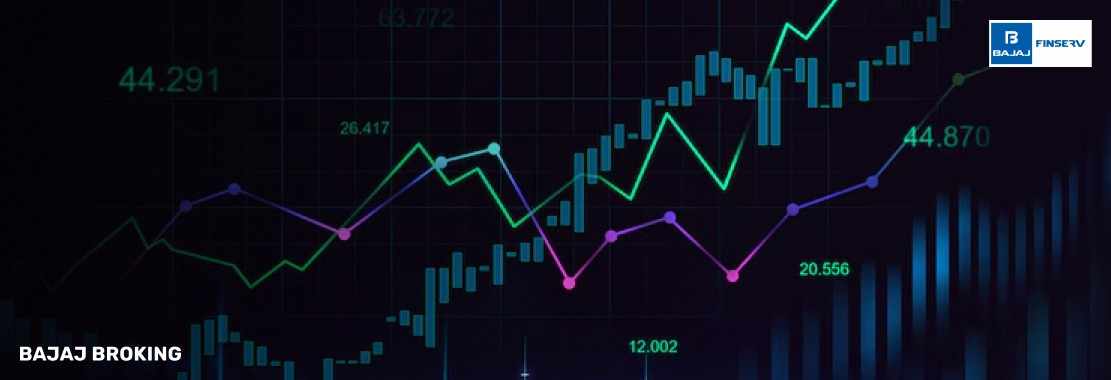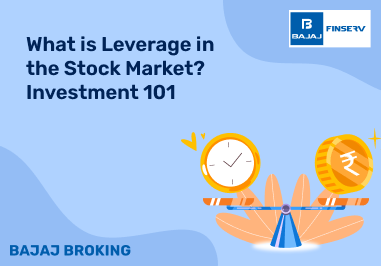People who trade futures usually think it's a quick way to make money. There are stories all over the place about people who doubled their accounts in a week or made a lot of money using leverage. Sounds good, right? But what is real? There are a lot more layers to it.
It's not enough to just call the market right when you trade futures. There are laws and traps that can change your path below the surface, such as margins, emotions, liquidity, and hidden costs. If you miss one detail, your profits will go away faster than you think.
So, let's take it off. These nine hidden realities don't always come up in conversation, but they might really make the difference between living and dying in this fast lane.
Important Insights of Futures Trading
First surprise: when you trade futures, you don't really own the thing itself. You aren't buying gold, wheat, or even stocks directly. What you have is a contract, which is an agreement to buy or sell something later at a specified price.
Every contract comes with built-in regulations, such when it ends, how many lots there are, and how to settle. NSE and BSE make them the same so dealers don't have to fight over the fine print. Honestly, think of it like renting instead of owning. You get to see things without the baggage, but you need to know the terms of the rental.
The Significance of Margin Requirements
Margins may seem easy at first. You don't need to pay the whole sum up front; just a little part. That makes futures possible. But here's the catch: there is also a "maintenance margin."
If you go below it, your broker won't wait nicely. If you don't add more money, your position can be squared off. No feelings, no exclusions. Margins keep the system safe, but they also remind you that you're playing with borrowed money.
Leverage: a Double-Edged Sword
This is the portion that many beginners like... until they don't. With leverage, you may control a huge stake with very little money. Ten thousand rupees suddenly feels like a lot of money.
But it's a knife that cuts both ways. It feels great when the market moves 1% in your favour. A 1% move against? It hurts. That's why leverage is both a very useful tool but also a highly risky one in trading futures. It's not about staying away from it; it's about being careful with it, like with fire.
Understanding Contract Specifications
The size of the lot. End. Size of the tick. Settlement. These aren't just footnotes; they're the rules of the game. You can lose a lot of money if you miss one.
If you overlook an expiration date and keep anything for too long, you can have to cope with delivery obligations or surprise charges. I've seen traders overlook requirements and then learn later that they were trading more than they meant to. Bottom line: Before you click "buy," make sure you know what your contract says.
The Role of Hedging in Futures Trading
Not all futures traders are looking to make money. Some people are on defence. Farmers hedge to make sure they get the right price for their crops. Big companies hedge to protect themselves against losses when the market goes down.
You know what? Hedging can be a sensible move you make at times. It won't make the news, and it's not very interesting, but it keeps your money safe. When the market is uncertain, a hedge is more about staying alive than being ambitious. Futures are not just a weapon; they are also a shield.
Importance of Liquidity in Futures Markets
While you trade, liquidity is like air: you don't notice it while it's there, but you can't breathe when it's not.
Choose NIFTY or BANKNIFTY futures. A lot of people are buying and selling. It feels like entering and leaving are the same thing. But if you buy a contract that isn't very popular, prices will go up just because you made an order. That's the problem with illiquidity: it makes every move bigger.
Always look at the volume and open interest. If you don't, you can end up in a contract that you can't get out of without losing money.
Hidden costs: Commissions and fees
Your entry and exit don't tell the whole story regarding your profits. Broking, exchange fees, GST, STT, and SEBI charges all add up slowly. If you trade often enough, those nibbles will turn into bites.
A lot of beginners don't pay attention to this maths. But costs matter more the more you use them. A savvy trader doesn't simply keep track of their profits; they also keep track of their net profits after costs. Online calculators are useful, but do you always include fees in your strategy? That's what makes the disciplined different from the hopeful.
Psychological Challenges in Futures Trading
People constantly underestimate this one. Futures change quickly, and fast markets might make you feel bad. Fear when prices go down, greed when they go up, and overconfidence after a lucky win.
What is the truth? Discipline is better than luck. Traders who don't panic after a loss or chase every rebound are the ones who last. It helps to write in a journal. So does practicing on paper trades before putting your own money at risk. Your state of mind is more important than your strategy.
Rules and Regulations Keep Trading Fair
India isn't a free-for-all. From KYC standards to margin rules, SEBI makes sure that futures trading follows tight rules. There are other rules for contracts on NSE, MCX, and other exchanges.
If you ignore them, you could lose more than money. Tax problems, penalties, and suspensions are all things that can happen. And certainly, for tax reasons, futures income is considered business income. Compliance may seem monotonous, but it makes sure the game is fair.
Continuous Learning: Staying Updated with Market Trends
Futures trading is like quicksand: it keeps changing and moving. Things that worked yesterday might not function today. Changes in legislation, events around the world, or simply a budget announcement can change everything overnight.
That's why you have to keep learning all the time. They keep you sharp with news, courses, and trading groups. You can get an edge with tools like technical indicators or new risk models. You will endure longer if you can change.
Conclusion
There's no denying that trading futures is thrilling. But there are other things traders can't ignore, such margins, leverage, liquidity, hidden costs, and psychology, that aren't as exciting as they seem.
It's not simply about making money. It's about staying alive, finding a balance, and learning to follow the laws of the market. A lot of newcomers lose money since they don't learn the basics. Futures trading can be more than just a guess if you're prepared to take your time, learn, and remain on track. It can be a planned component of your financial path.















